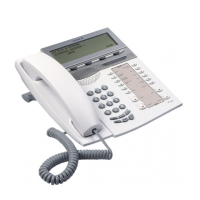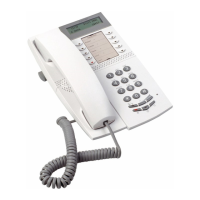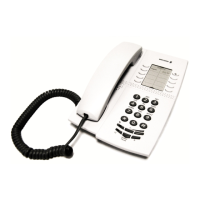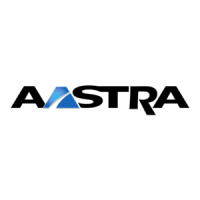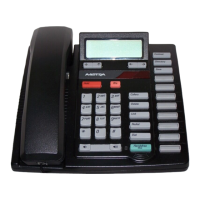Installation
177
Aastra 470 ab R3.0
syd-0337/1.5 – R3.0 – 05.2013
Note:
Make sure the TSD (address switch) is pushed in as far as the stop or the
switchover will not function correctly.
4. 8. 2 DECT radio units and cordless phones
The locations determined for the cordless phones, charging bays and radio units
during the planning phase need to be checked against the following criteria:
• Influence on radio operation
• Ambient conditions
Influences on radio operation
Radio operation is affected by the following influences:
• Outside interference (EMC)
• Obstacles in the surrounding area affect the radio characteristic
To achieve optimum conditions for radio operation, observe the following points:
• Optimum radio operation depends on the radio unit cordless phone line of
sight.
• Walls act as an obstacle to the propagation of radio waves. Losses depend on
the wall thickness, construction material and reinforcement used.
• Do not place radio units and cordless phones in the immediate vicinity of TV
sets, radios, CD players or power installations (for reasons of EMC, e.g. distribu-
tion boxes, rising power lines).
• Do not place radio units and cordless phones near X-ray installations (EMC).
• Do not place radio units and cordless phones near metal partitions.
• Observe the minimum distance requirements between adjacent radio units (see
Fig. 75).
• Minimum distance between cordless phones for fault-free operation: m. (The
charging bays of the Office 135 can be linked using connecting strips. However,
operating several phones on interconnected charging bays can lead to malfunc-
tions.)
• Minimum distance between charging bays with cordless phones on-hook for
fault-free operation: 0.2 m.
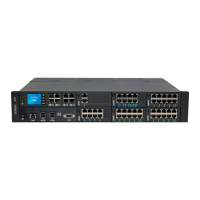
